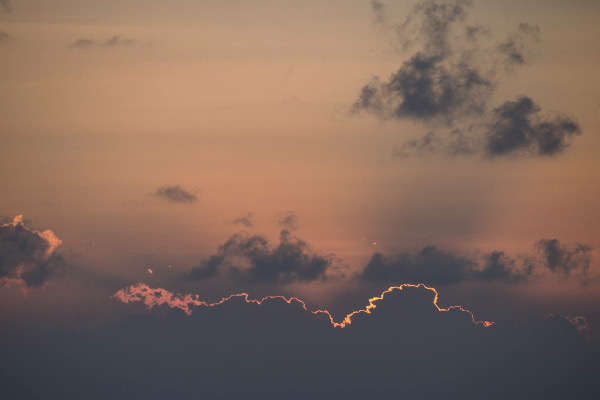
Eye to the Sky — How time outside improves eyesight
Meditation on the sky at varying depths
Near sightedness (Myopia) is the most common human eye condition and, currently, every third person in the United States needs glasses to correct for it. City dwellers are more likely than their rural counterparts to be impacted. Most dramatically, certain large cities in Asia have a myopia rate at 80-90% of the population. And the incidence is on a steady rise. If the trend continues, half the world’s population will need glasses by the year 2050!
Can you guess the reason? Recent epidemiological data identifies time spent outdoors as the key environmental determinant. It’s believed that time spent in nature helps our eye in two ways: exposure to light helps the shape of our eye and so does the act of looking at things far off in the distance.
In children, greater exposure to light over an 18 month period was associated with a shorter eyeball (decreased axial growth) This is actually a good thing! The longer someone’s eye the more near sighted they are.
Nearsighted-ness appears to be an unanticipated consequence of the increased use of screens and other devices we hold close. Our eyes get all too good at zooming in on the fine details within two feet of us and not that great at zooming out to look at the big picture.
Use the meditation above to guide you in stretching your gaze far and use little breaks throughout your day to practice.
